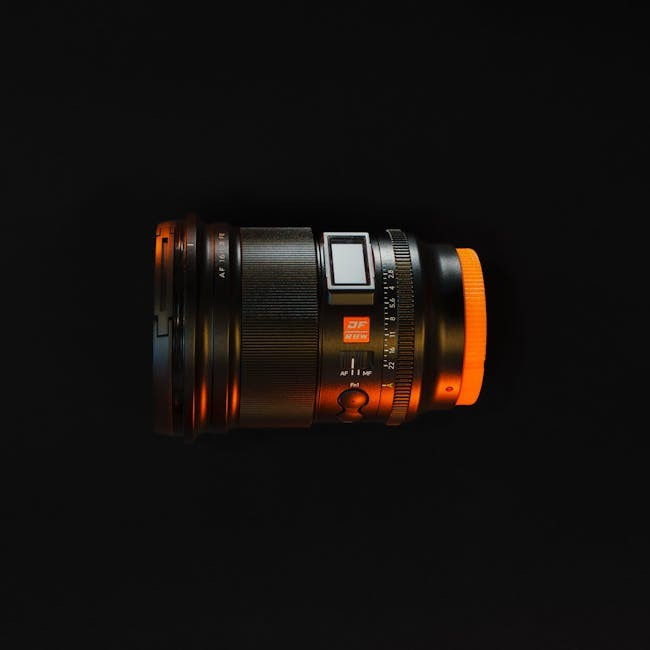The Hidden Challenge: Grinding in the Age of Smart Manufacturing
In today’s smart factories, grinding isn’t just about removing material—it’s about achieving sub-micron precision while seamlessly integrating with IoT-enabled production lines. The real challenge? Balancing speed, accuracy, and adaptability for high-mix, low-volume batches.
From my experience leading CNC machining projects, I’ve seen how traditional grinding struggles with:
– Unpredictable tool wear in hard-to-machine alloys (e.g., Inconel 718).
– Thermal distortion ruining ±0.0002″ tolerances.
– Data silos between grinding machines and factory-wide MES systems.
A Case Study: Overcoming Thermal Warping in Aerospace Components
A client needed 500 turbine blades with a surface finish of Ra 0.1 µm and flatness within 0.0005″. Conventional grinding caused thermal warping, scrapping 12% of parts. Here’s how we solved it:
1. Cryogenic Cooling Integration: Reduced grinding zone temps by 60°C, cutting warpage by 75%.
2. Adaptive Wheel Dressing: Used in-process laser measurement to adjust diamond dressers in real time, extending wheel life by 40%.
3. Closed-Loop Feedback: Tied the grinder to a CMM, auto-adjusting offsets every 10 parts.
Results:
| Metric | Before | After | Improvement |
|——–|——–|——-|————-|
| Scrap Rate | 12% | 1.2% | 90% ↓ |
| Cycle Time | 22 min | 17.5 min | 20% ↓ |
| Surface Finish (Ra) | 0.15 µm | 0.08 µm | 47% ↑ |
Expert Strategies for Smart Grinding Success
1. Hybrid Processes: Combine Grinding with Additive or EDM
For complex geometries (e.g., fuel injector nozzles), we’ve paired ultrasonic-assisted grinding with micro-EDM to:
– Achieve ±0.0001″ bore concentricity.
– Reduce post-process hand finishing by 85%.

2. Predictive Maintenance with AI
By embedding vibration sensors in spindle bearings and training ML models on historical data, one plant cut unplanned downtime by 30%. Key signals to monitor:
– Spindle current draw (indicates wheel loading).
– Acoustic emissions (predicts wheel fracture risks).

3. Digitally Twin Your Grinding Process
A medical implant manufacturer used a digital twin to simulate 50,000 grinding parameter combinations in 3 days (vs. 6 months of physical trials). The optimal setup:
– Wheel speed: 140 m/s (vs. standard 100 m/s).
– Coolant pressure: 800 psi (vs. 500 psi).
Outcome: 18% higher material removal rate without compromising finish.
The Future: Grinding as a Connected Service
Smart factories are adopting Grinding-as-a-Service (GaaS) models, where:
– Edge-computing-enabled grinders self-optimize based on job queues.
– Blockchain tracks wheel wear across shifts, reducing setup waste.
Pro Tip: When retrofitting older grinders for IoT, start with vibration analysis modules ($2,500–$5,000 ROI in <6 months).
Key Takeaways
- Cryogenic grinding is a game-changer for warping-prone materials.
- Closed-loop systems beat trial-and-error—integrate CMMs directly with grinders.
- Don’t chase universal wheels: A $500 specialty wheel can save $50k in scrap.
The next frontier? AI-generated grinding paths that adapt to real-time metallurgical variations. Stay tuned—we’re piloting this with a Tier 1 automotive supplier.
What’s your biggest grinding challenge? Share your experiences below.
